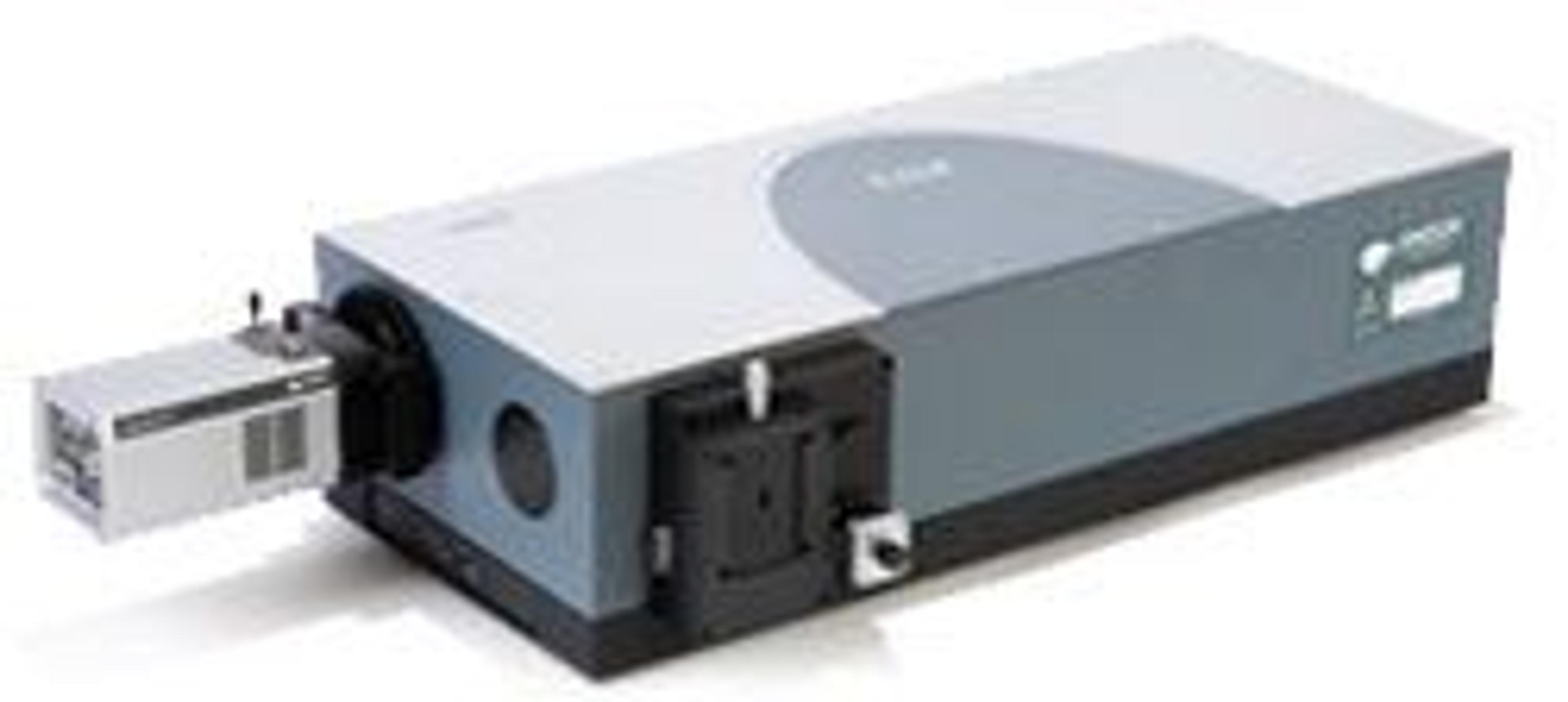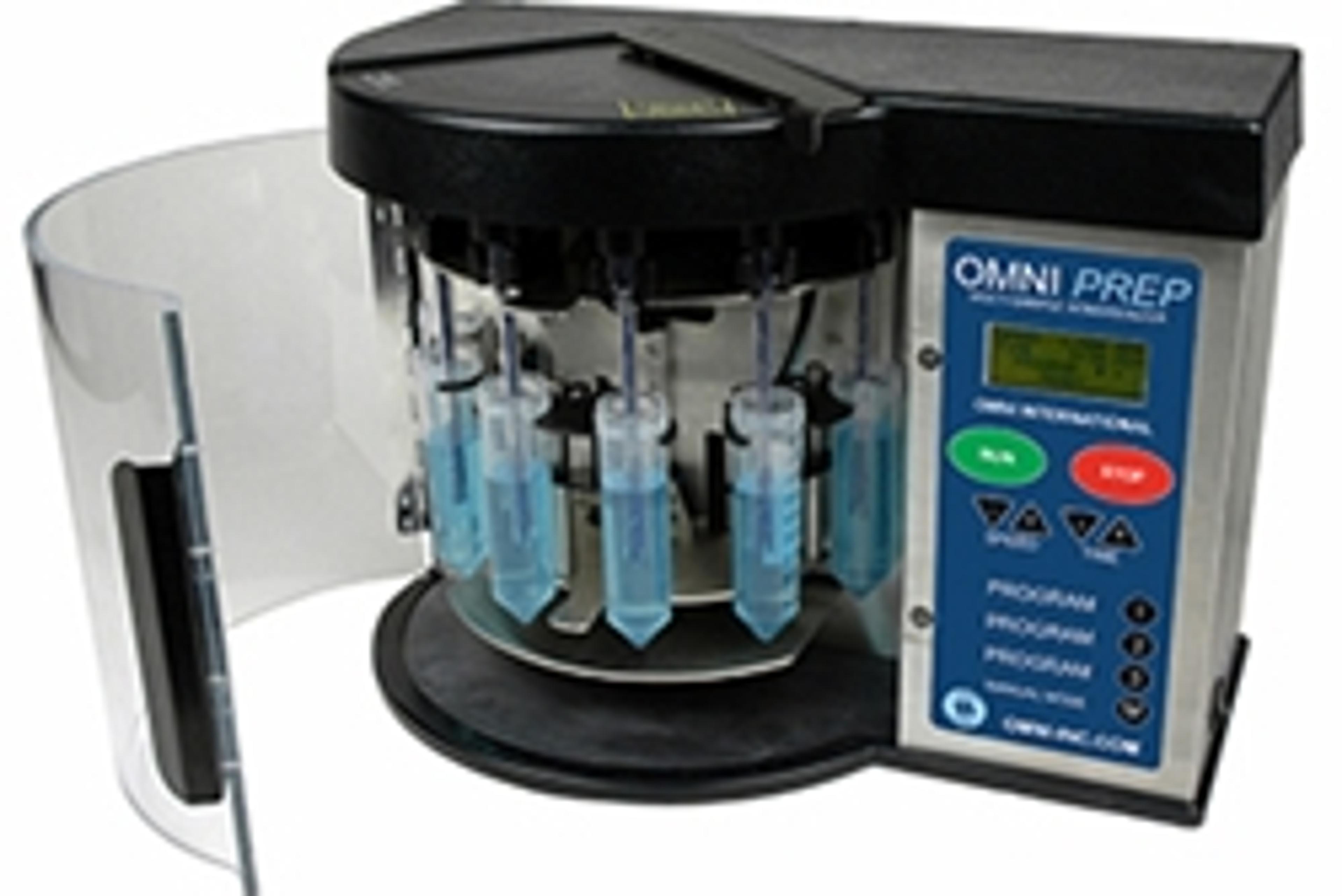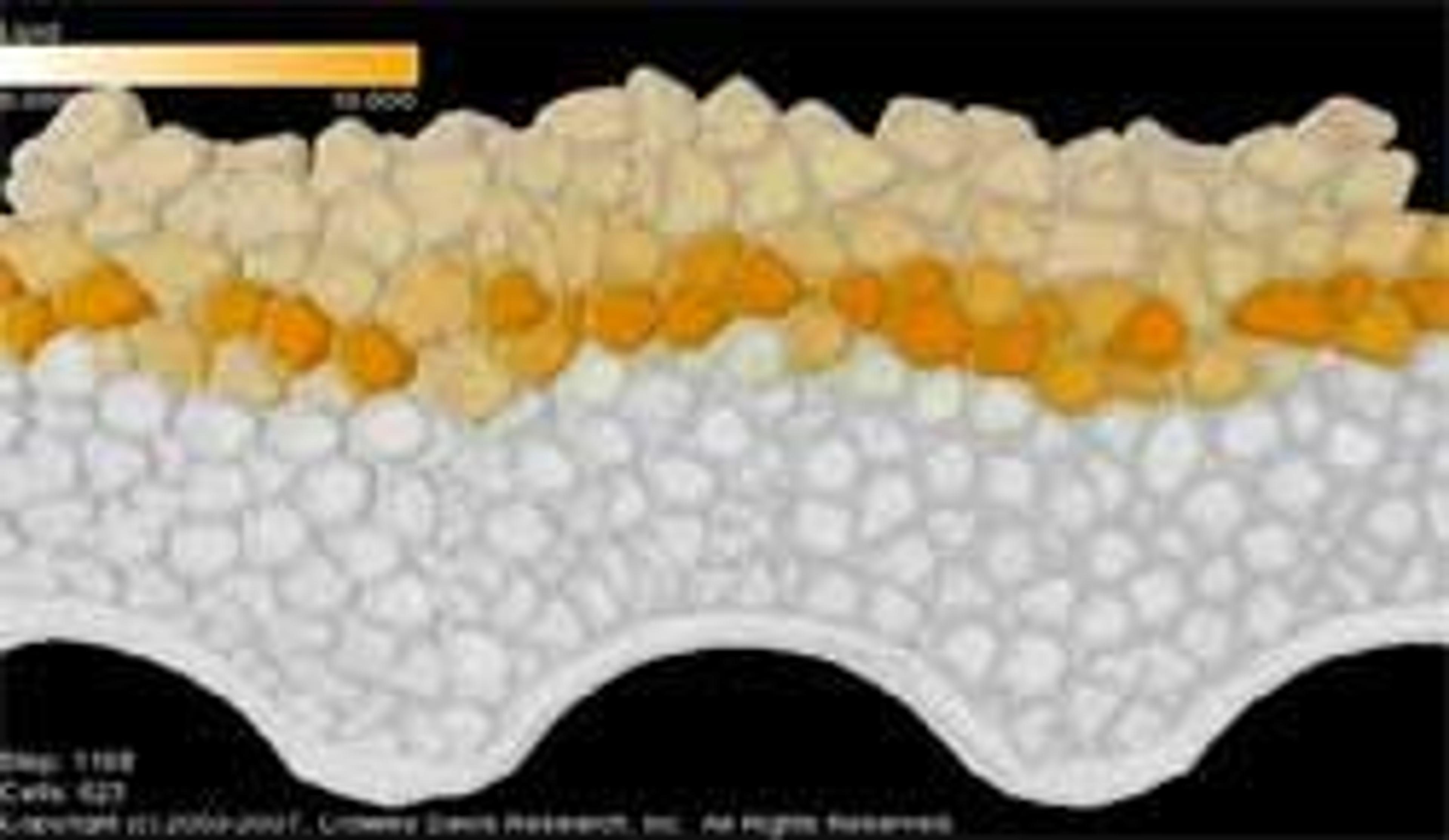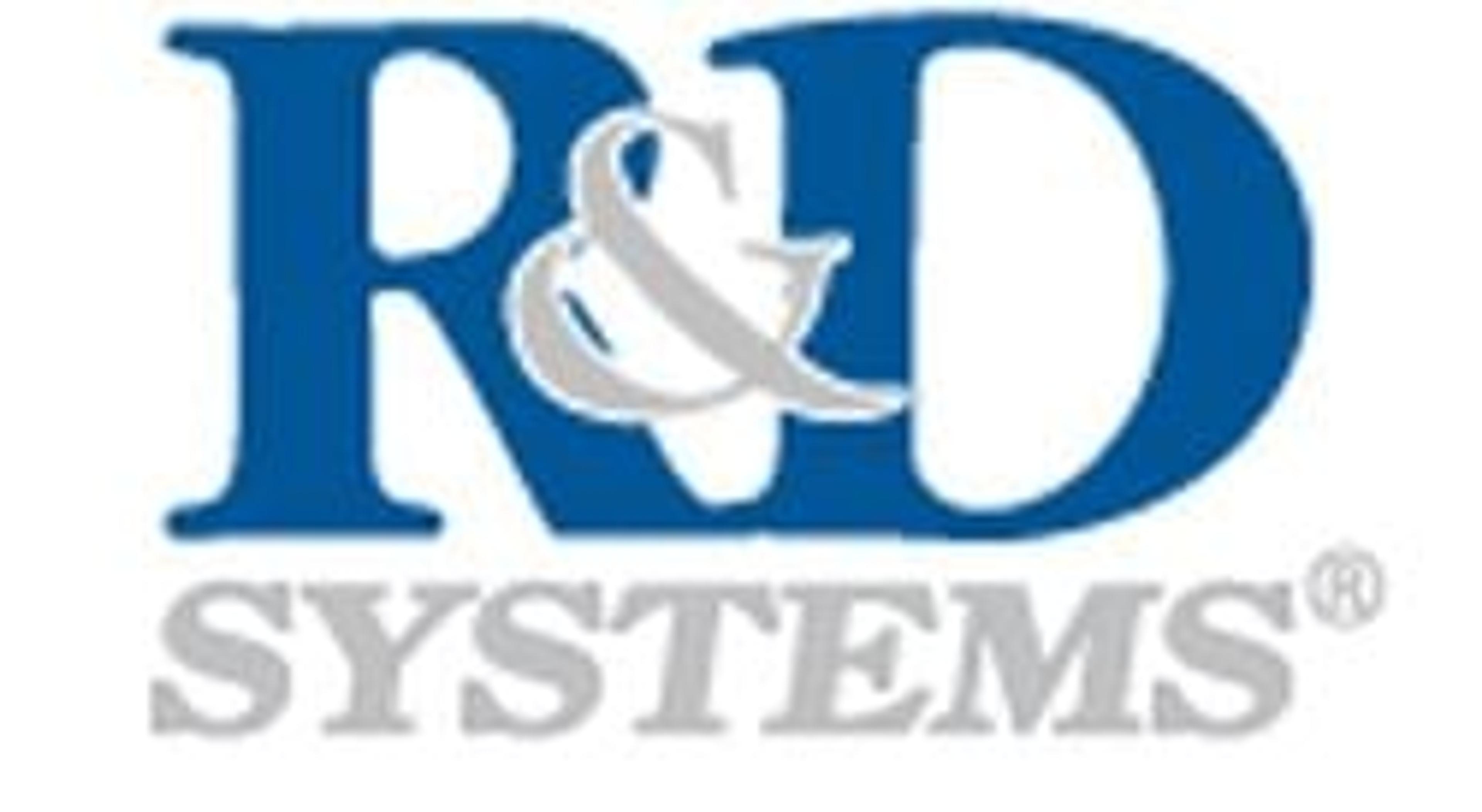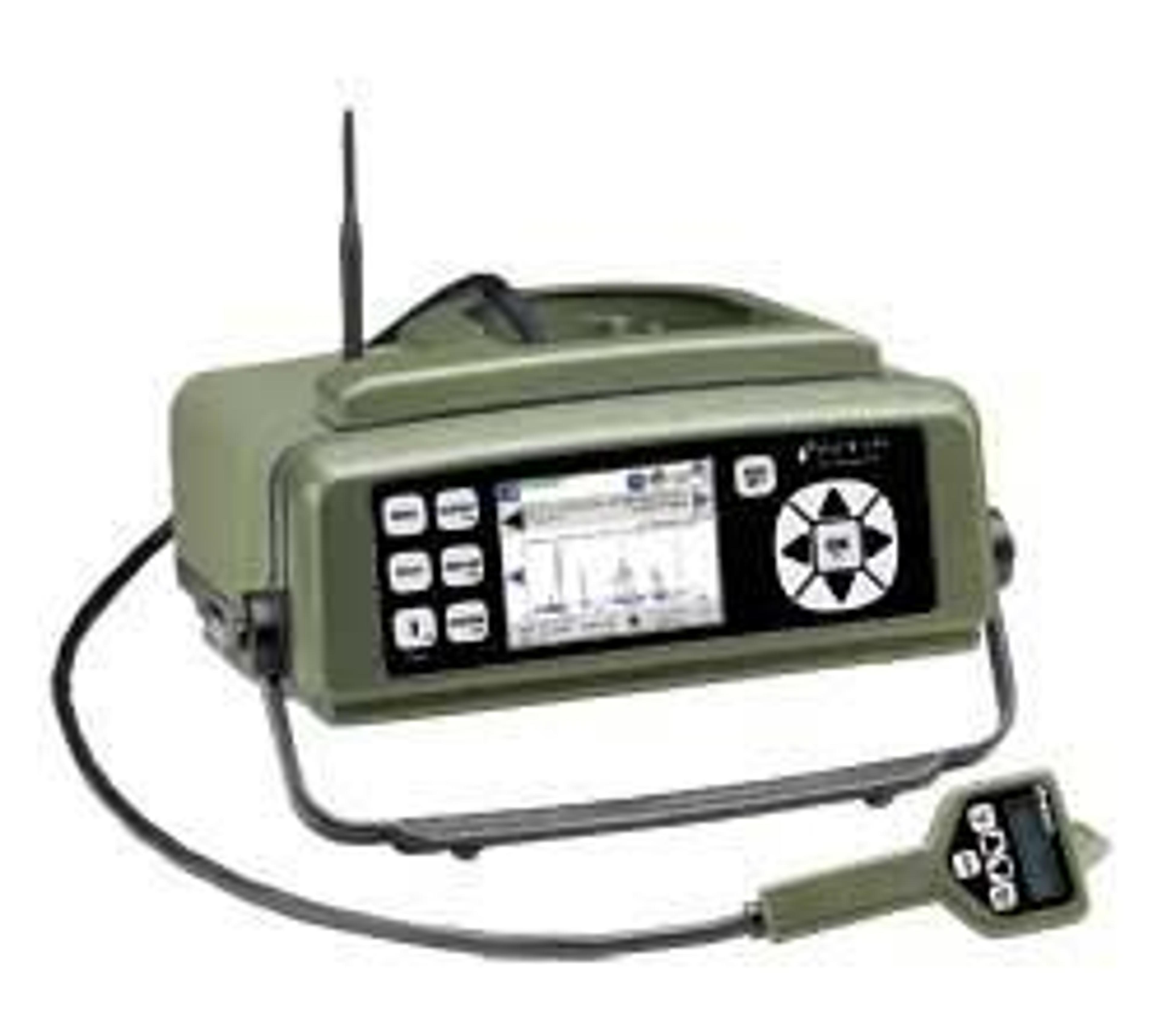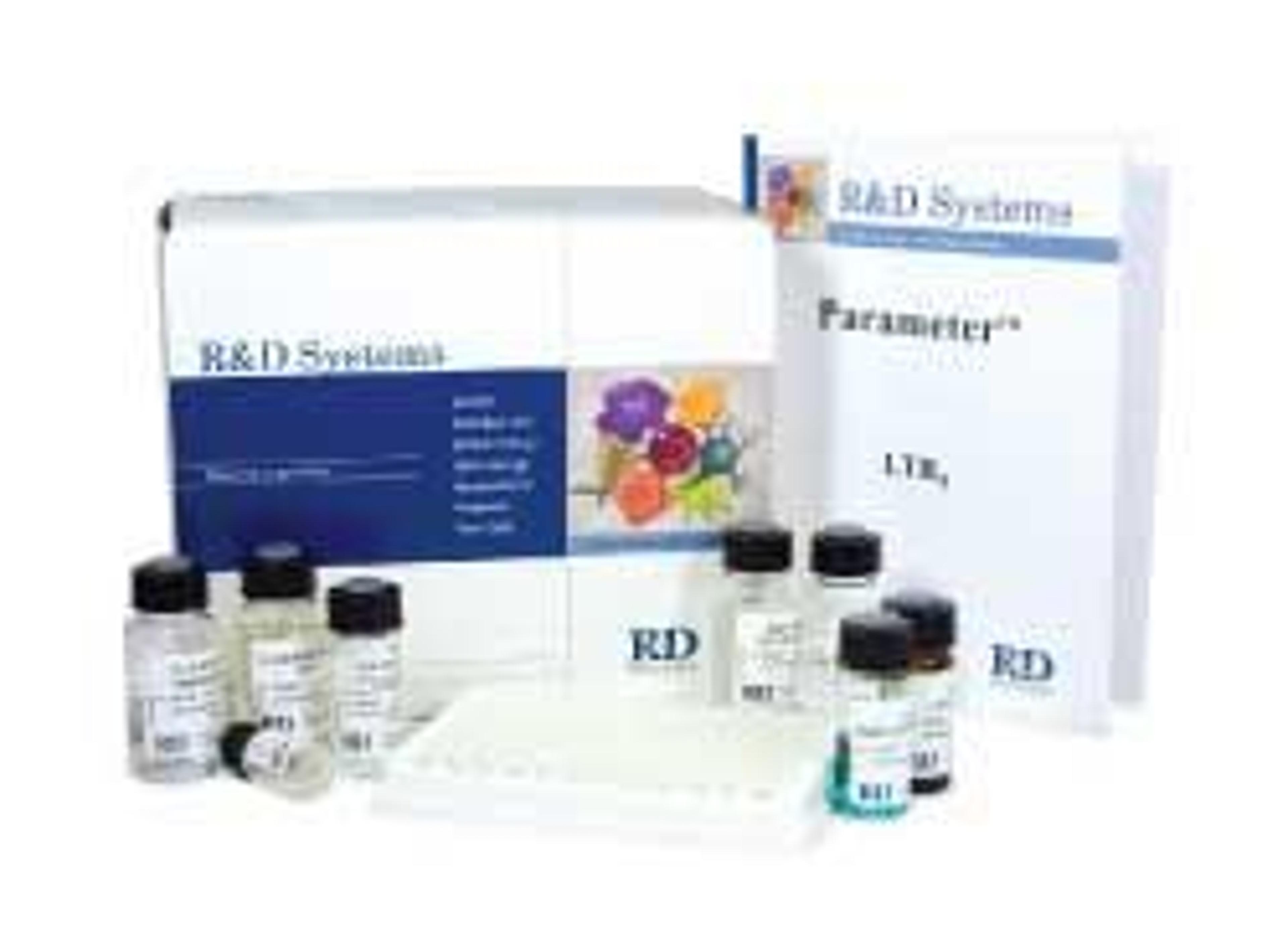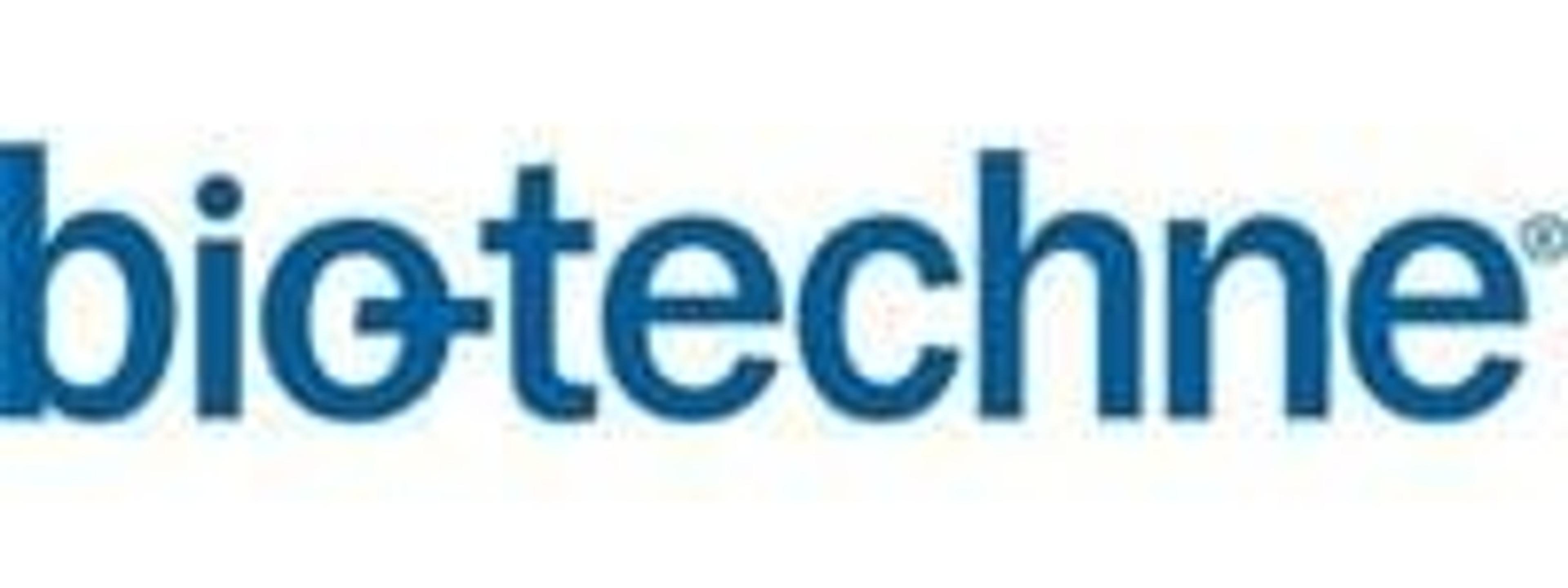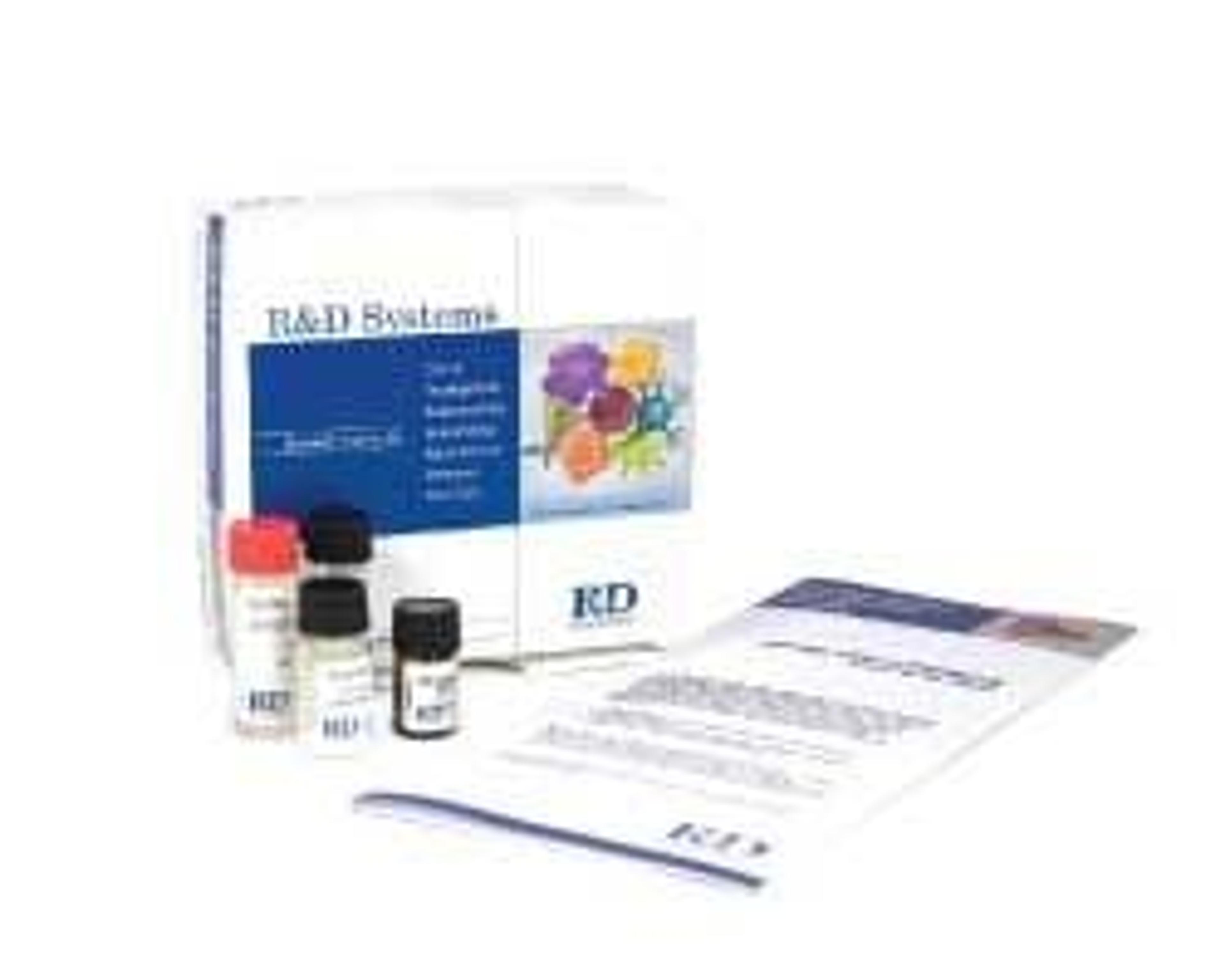Shamrock 750
Oxford Instruments AndorThe Andor Shamrock SR-750 is the latest addition of the Andor family of spectrographs based on Czerny-Turner optical design. The Shamrock is available as a pre-aligned detector/spectrometer option allowing for seamless integration of software, electronics, optics and detector. There is also a fast and interactive graphical software interface allowing full control of all the spectrograph functions.

